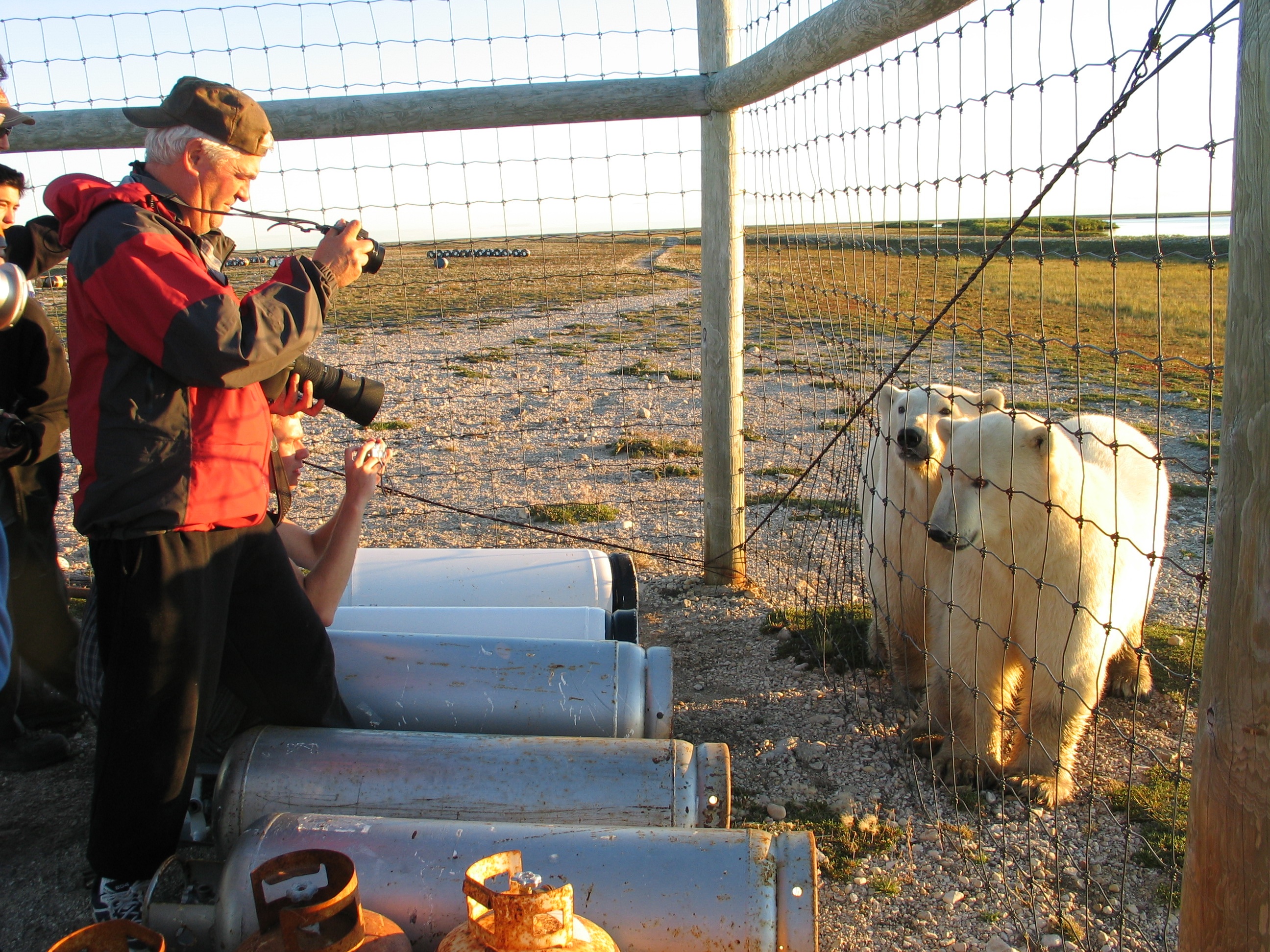As wild areas shrink and human populations expand, there is more contact between humans and wildlife, and inevitably more conflict.
Consider Bambi, the pet deer that was put down by Manitoba Conservation officers in early February in the Windy Bay Hutterite Colony. Colony members had found the deer injured in a ditch near the community over a year ago, named it Bambi, and nursed it back to health. Bambi was fed by colony members and became a fixture in town.
In February, one colony member called Manitoba Conservation concerned about whether the deer would become a threat as it grew older. In response, conservation officers shot the deer, as is their policy when dealing with potentially dangerous tame animals. The result was a huge media fallout, anger from the public, and a heated debate about how we should and should not respond to similar cases in the future.
These type of conflicts are familiar territory to Ryan Brook, whose research into human wildlife interactions has taught him about the passion and emotion these incidents can generate. Brook spoke about the complications of living with wildlife at last week’s Annual Meeting of the Friends of Birds Hill Park, a non-profit volunteer-based organization that seeks to educate the public about the natural history of the park and conserving the park’s natural environment.
Brook’s previous research focused on the relationship between elk in Riding Mountain National Park and the impact of bovine tuberculosis on cattle producers in the surrounding area. His current work with the University of Saskatoon focuses on the rising moose population in Saskatchewan farming country, as well as the growing issue of invasive feral wild boar in Western Canada. His work in both of these areas seeks to gain an understanding, not only of the biology of his research species, but also about human interactions with wildlife and the perspectives that inform these interactions.
During the evening lecture, Brook described a moment early in his research career when he first realized that the complexity of human wildlife conflict was largely due to competing perspectives on wildlife. He depicted a close encounter he had with a polar bear while working in the Canadian Arctic: he was immediately exhilarated and ecstatic to have seen such a majestic creature, but when he turned to his co-worker, Brook found the man was petrified and convinced that they had almost died.
The frustration and anger expressed after Bambi was killed was brought about by two opposing viewpoints. The conservation officers were under strict orders to destroy the deer, having ascertained that it was unable to survive in the wild and was potentially dangerous. From their perspective, the response was a necessary safety precaution, however unfortunate. On the other hand, the colony members saw their pet and friend killed before them, horrified by the cruel nature of the act. Each side felt justified in their viewpoints.
According to Brook, human-wildlife conflict is more often human-human conflict, and the debate often centres more on human reactions to wildlife than the actions of wildlife themselves. He suggested that animals are sensible enough; they eat when they are hungry, move when they have to, and try to avoid run-ins with humans, for the most part. People, on the other hand, are often irrational, and consistently make choices based on belief systems and values that are not in their best interests.
These complex dilemmas require similarly complex solutions. Brooks quoted a saying he uses with his grad students: “difficult questions often have simple, easy to understand wrong answers.” He has found that the best way to develop solutions to these problems is to engage in dialogue with communities, using new platforms such as Facebook.
Social media can allow researchers to interact with communities in a way that can not only diffuse conflict, but also increase knowledge about wildlife populations by connecting with local and traditional knowledge from the communities that interact with wildlife.
The fallout from the Bambi incident has resulted in new policies put in place within Manitoba Conservation, which will take into consideration all possible options before destroying an animal. These new policies represent a more informed and engaged response to wildlife conflict, and show promise for continuing conversation about our relationship with the wildlife in our environment.



